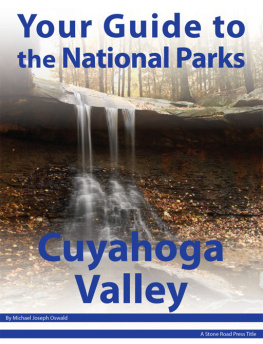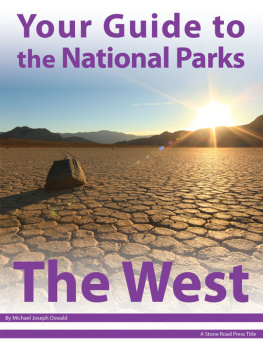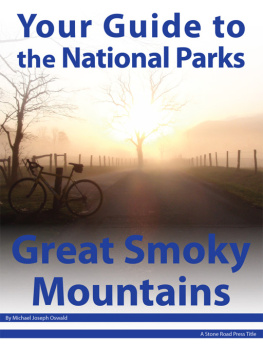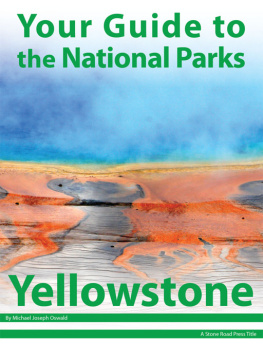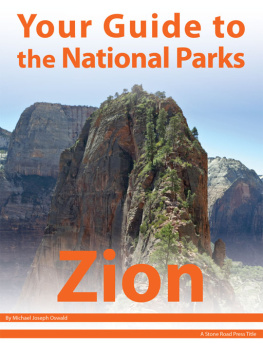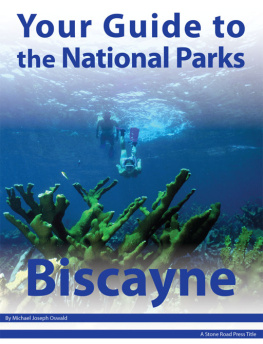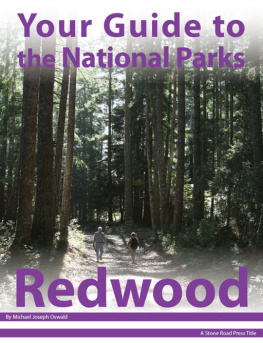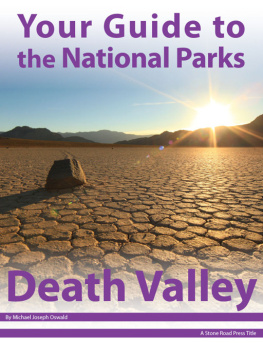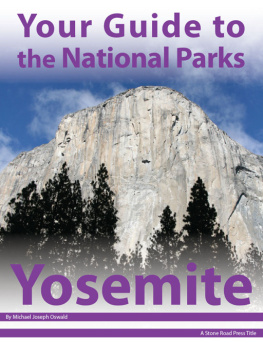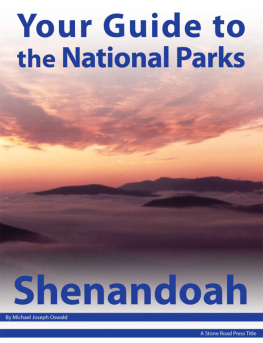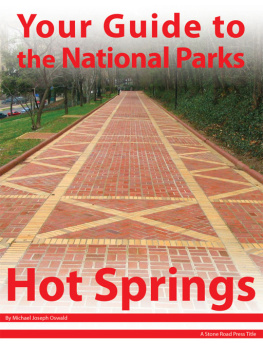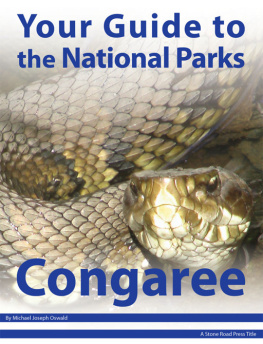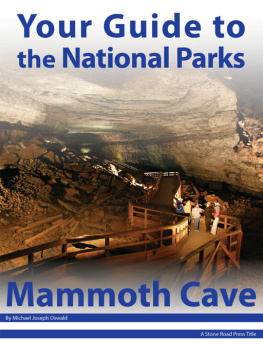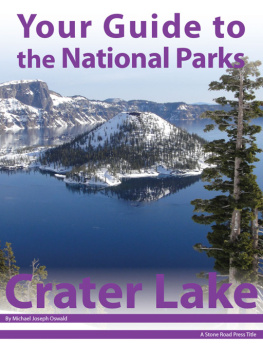Your Guide to Cuyahoga Valley National Park, First Edition (electronic)
ISBN: 978-1-62128-002-6
Published by: Stone Road Press
Author/Cartographer/Photographer/Designer: Michael Joseph Oswald
Editor: Derek Pankratz
Copyright 2012 Stone Road Press, LLC, Whitelaw, Wisconsin. All rights reserved. No part of this publication may be reproduced, stored in a retrieval system or transmitted in any form or by any means, electronic, mechanical, photocopying, recording, scanning or otherwise without written permission of the Publisher. Requests for permission should be addressed to Stone Road Press; c/o Michael Oswald; 4927 Stone Road; Whitelaw, WI 54247.
The entire work, Your Guide to the National Parks is available in paperback and electronic versions. Content that appears in print may not be available electronically.
Paperback ISBN: 978-1-62128-000-2
Library of Congress Control Number (LCCN): 2012934277
Printed in the United States of America
E-Book ISBN: 978-1-62128-065-1
Corrections/Contact
This guide book has been researched and written with the greatest attention to detail in order to provide you with the most accurate and pertinent information. Unfortunately, travel informationespecially pricingis subject to change and inadvertent errors and omissions do occur. Should you encounter a change, error, or omission while using this guide book, wed like to hear about it. (If you found a wonderful place, trail, or activity not mentioned, wed love to hear about that too.) Please contact us by sending an e-mail to . Your contributions will help make future editions better than the last.
You can contact us online at www.StoneRoadPress.com or follow us on
Facebook: www.facebook.com/thestoneroadpress
Twitter: www.twitter.com/stoneroadpress (@stoneroadpress)
Flickr: www.flickr.com/photos/stoneroadpress
FAQs
The world of electronic media is not cut and dry like print. Devices handle files differently. Users have a variety of expectations. These e-books are image- and map-intensive, requiring fairly powerful hardware. All books were tested for use on the Kindle Fire, Nook Tablet, and iPad. You can expect to have the best user experience on one of these devices, or a similar tablet, laptop, or desktop. In the event you have issues please peruse our Frequently Asked Questions (.
Maps
Numerous map layouts were explored while developing this e-book, but in the end it was decided that the most useful map is a complete one. Unfortunately, due to file size concerns and e-reader hardware limitations, some maps included in this guide book are below our usual high standards of quality (even using zoom features). As a workaround all of this books maps are available in pdf format by clicking the link below each map or visiting www.stoneroadpress.com/national-parks/maps .
Disclaimer
Your safety is important to us. If any activity is beyond your ability or threatened by forces outside your control, do not attempt it. The maps in this book, although accurate and to scale, are not intended for hiking. Serious hikers should purchase a detailed, waterproof, topographical map. It is also suggested that you write or call in advance to confirm information when it matters most.
The primary purpose of this guide book is to enhance our readers national park experiences, but the author, editor, and publisher cannot be held responsible for any experiences while traveling.
Photo Credits
Front cover: Blue Hen Falls Eduard Toerek/NPS
Cuyahoga Valley - Introduction
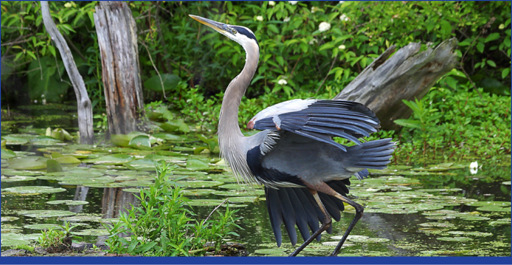
A great blue heron prepares for take-off Jim Schmidt/NPS
Northeastern Ohio might not be a place you expect to find a national park. Towering mountains and gaping gorges are nowhere to be found. But the national parks are all about surprises, and considering its location deep in the middle of the rust belt, Cuyahoga Valley might be the greatest surprise of them all. Miles of undeveloped land are nestled between the sprawling cities of Akron and Cleveland. The valleys geographic beauty may not be as grand or majestic as the natural wonders of the West, but its an area rich in history and culture. Now a recreational respite, this area has endured decades of development, trade, industry, and pollution before a few thoughtful conservationists began to push for a new era of preservation and protection. The Cuyahoga Valleys history is far from typical of most national parks, but its present is the same: the area has been restored and protected for the enjoyment of the people.
As the Cuyahoga River twists and turns for 22 miles through the center of the park it lives up to its name, meaning crooked in the Iroquois language. The same Native Americans who named the river used it as a trade route for thousands of years. By 1795, the river formed the northern boundary between Indian Territory and the United States.
Imaginary boundaries were drawn and erased. Treaties written then ignored. It wasnt long until Ohio became the hub of American industrialization. In 1827, the Ohio & Erie Canal was completed. It connected the Great Lakes region with the Gulf of Mexico via the Mississippi, Ohio, and Cuyahoga Rivers. The route dramatically improved shipping of goods and people to the Great Plains States. Companies like BF Goodrich and Standard Oil prospered, while the Cuyahoga River perished.
The regions rapid development, booming industry, alarming population growth, and inadequate infrastructure spawned a river filled with sewage and industrial waste. So saturated with oils, gases, and chemicals, it was infamously referred to as the river that burned, catching fire at least thirteen times between 1868 and 1969. A fire in 1969 was short in duration, lasting only 24 minutes, but huge in environmental impact, prompting Time Magazine to write that the water oozes rather than flows and that a person does not drown but decays. The pointed article helped galvanize an environmental movement, which spurred the passing of water quality legislation. State and federal environmental agencies and Earth Day were established thanks to the river that burned and the activism it inspired. President Gerald Ford signed a bill creating Cuyahoga Valley National Recreation Area in 1974 and in 2000, Congress changed its designation to a national park. Decades of treatment and restoration efforts have improved water quality. Wildlife has returned. But its far from the pristine waterway it once was. Boating and swimming are still not recommended and fish caught in these waters are not to be eaten.
The Cuyahoga Valley has been used for recreational purposes since the late 19th century. Recreation began with modest boat trips and carriage rides. Eventually, railroads led to obsolescence of the Ohio & Erie Canal , but the path used by horses and mules to tow seafaring vessels is still used today by hikers and bikers. Twenty miles of the 101-mile Towpath Trail passes through Cuyahoga Valley and it is one of the parks most popular destinations. The railway also serves as a tourist attraction. Cuyahoga Valley Scenic Railroad travels from Canton to Akron and on to Cleveland, making seven stops within the park. Themed excursions, including everything from beer tasting to book reading, are offered throughout the year. The parks urban location lends itself to some atypical attractions like golf courses, a music center and theater, and a ski resort. You can also explore several original and re-created heritage sites where employees in time-period wardrobe serve as your guides.
Cuyahoga Valleys unique combination of nature, history, development, destruction, and restoration has formed a park that is as much a walk through history as it is a walk in the wild. If you take the time to experience some of the parks time period presentations and ranger-led excursions you are sure to have an entertaining, educational, and memorable experience.
Next page
